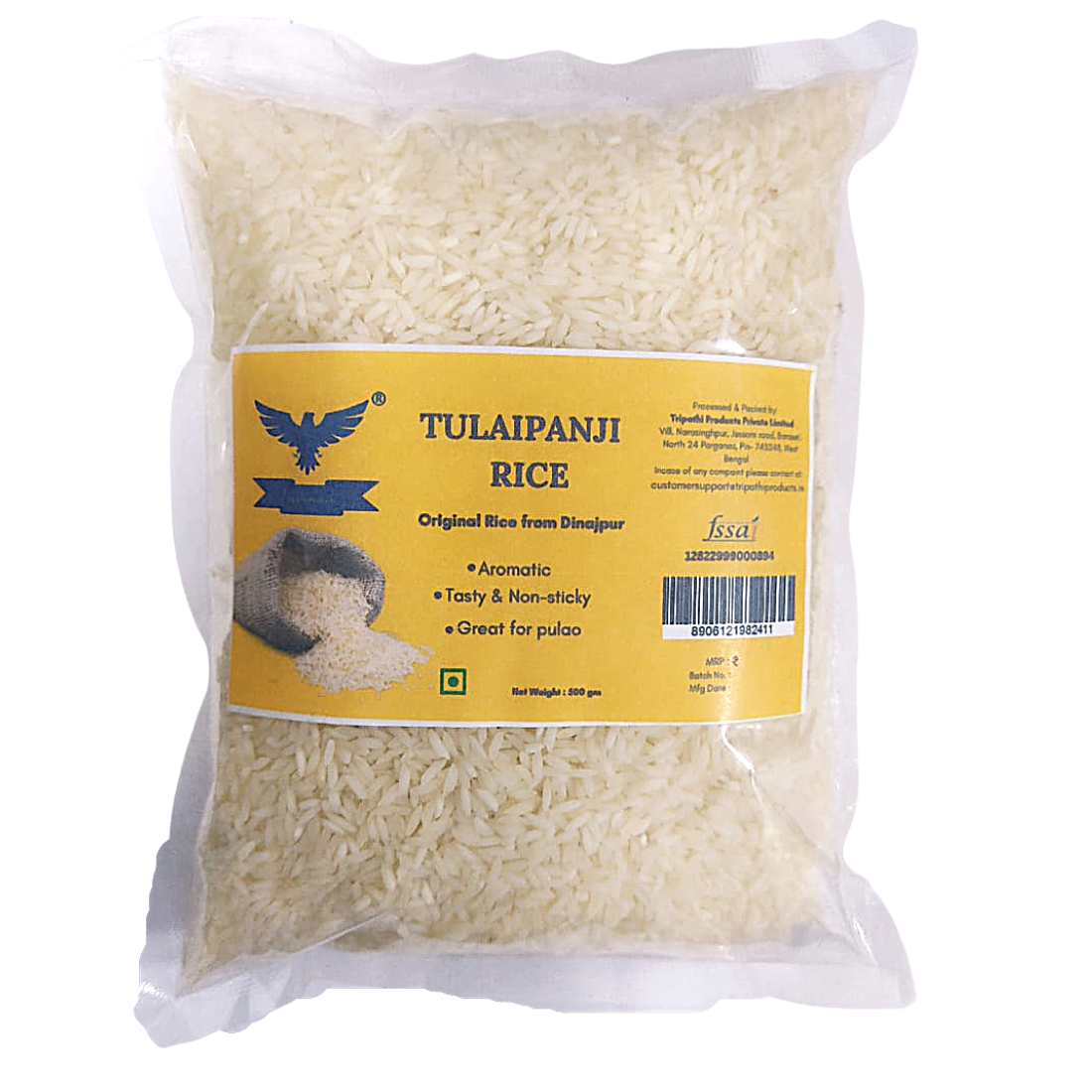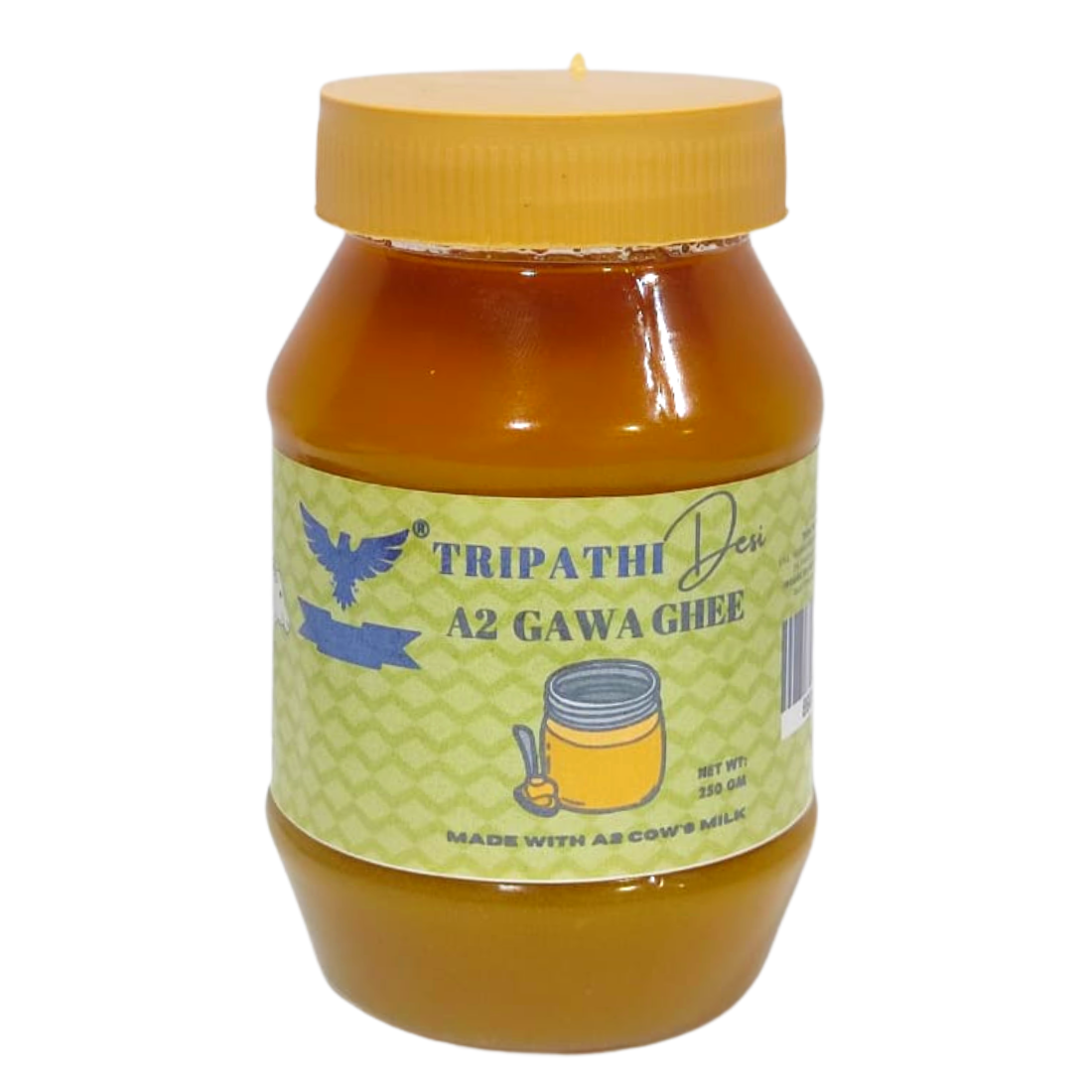
The History and Cultivation of Fragrant Rice in Bengal
Before Calcutta's founding, four Basak families and one Seth family established Gobindapur, cultivating the fragrant rice Govindabhoga. North Bengal's Tulaipanji, known for its cotton-like softness, has a rich history and various theories about its name's origin. Despite the decline of these traditional varieties since 1970 due to high-yield crops, they remain culturally significant. Tulaipanji, sown in late July and harvested in mid-December, was granted GI status in 2017 under Chief Minister Mamata Banerjee's promotion. Though grown in multiple districts, North Dinajpur's Tulaipanji is especially renowned. The state markets this rice, featuring it at events like the London Olympics food festival. Uttar Dinajpur cultivates 12,000 tonnes annually on 7,000 hectares, with farmers earning notable profits. This rice's unique fragrance and flavor continue to be celebrated, underscoring its cultural and economic importance in Bengal.
Explore More
 English
English





















































